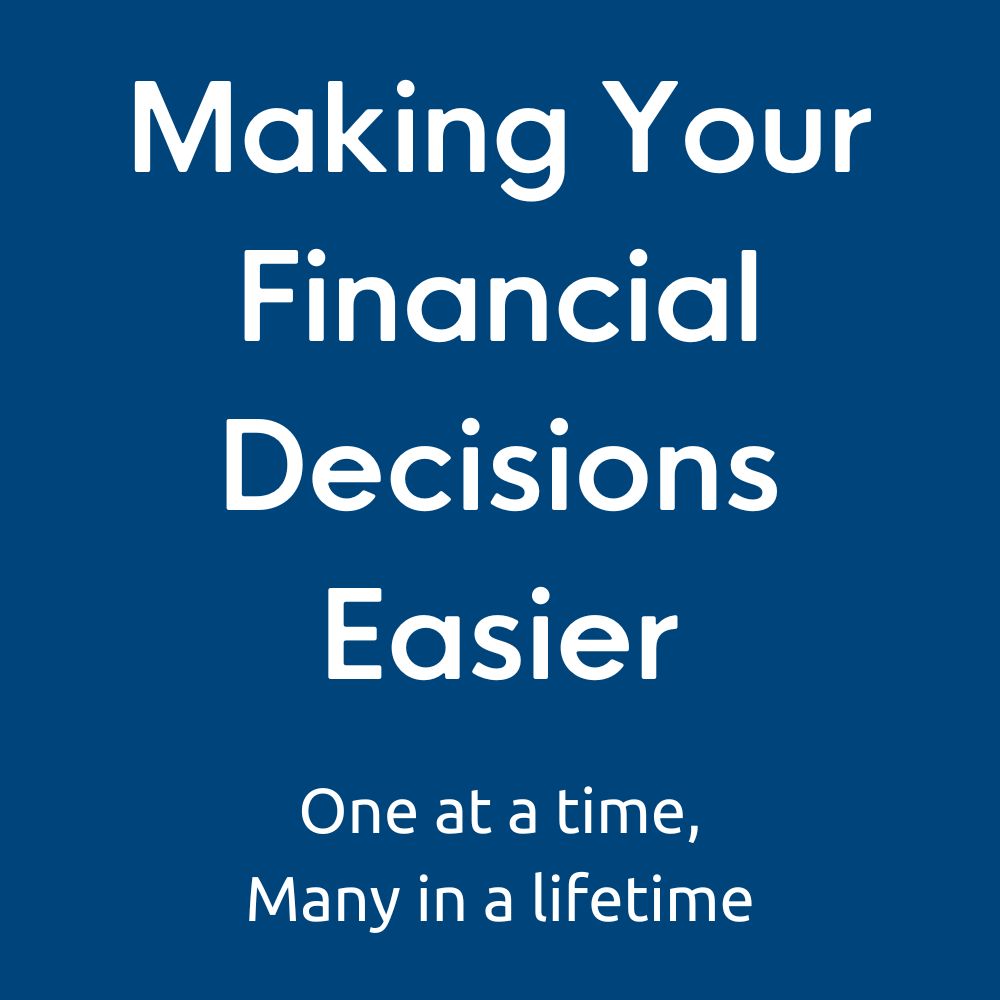When we’re young, we generally heal quickly and don’t have many responsibilities. That changes. By mid-career, you may have a family and much more at risk because much more is dependent on you.
That means you have interests and a need to manage the financial risk to those interests. You need to help ensure your family has enough household income–with or without you. That your children have the funds they’ll need to attend college–with or without you. And that your spouse can retire with financial security–with or without you.
You’re covered with you. It’s the “without you” part that’s the problem. That’s where family life insurance comes in.
If there’s one area where Americans may be underinsured it’s with life insurance. People don’t fully understand it, it’s something that’s sold rather than bought, there’s a misperception that it’s too expensive, and people just don’t like thinking about death. So they land up being uninsured or underinsured.
Death is High Risk
The death of a breadwinner to a household is generally a catastrophic financial event for the surviving family. That underscores the point that while it’s your life being insured, the life insurance is not for you. It’s for those who are financially dependent on you. For most families, there might not be a higher financial risk to your family than the death of a household breadwinner.
Informed Shopping
Life insurance is something you rarely shop for so a cheat sheet of life insurance terms may help you become a more informed consumer.
Term Life Insurance
Term life insurance is like renting an apartment. You own nothing. Simply put, you pay rent (the life insurance premium) and you get shelter (coverage) in exchange. With term, you set the number of years you need coverage and the amount your family needs to replace your income over however many years, pay for college or whatever other goals your family has, fund retirement for your spouse, etc.
Permanent Life Insurance
There are many types of permanent life insurance (whole life, variable life, universal life, and variations within each type). Permanent insurance is expected to be maintained your entire life (unlike term insurance which may be for 10-15-20-30 years). Permanent insurance also has a cash value inside the policy. And there are many more “moving parts” than term life insurance. Permanent life insurance is an asset which needs to be managed, not to “set it and forget it”.
Final Expense Life Insurance
This is for small amounts of coverage, generally $50,000 or less (which does not go far). It’s to pay for funeral/burial/cremation not to financially support family members. That’s why it’s called “final expense” insurance. Your family is highly likely to need more than only this coverage.
Insurance at Work
The life insurance at work is likely limited to $50,000 because that’s the most the IRS will allow your employer to expense. Life insurance is not a checkmark. The amount of coverage you need should match your need.
The “Best” Insurance
The best insurance policy is one which fits your needs. That may be a short term policy for a small amount for one family. A permanent policy with a high death benefit may be right for another family.
Got Life Insurance? Imagine Life Without Life Insurance.
The best way to decide if your family needs life insurance coverage is to imagine what they would do without it. Every household breadwinner should consider this scenario.



